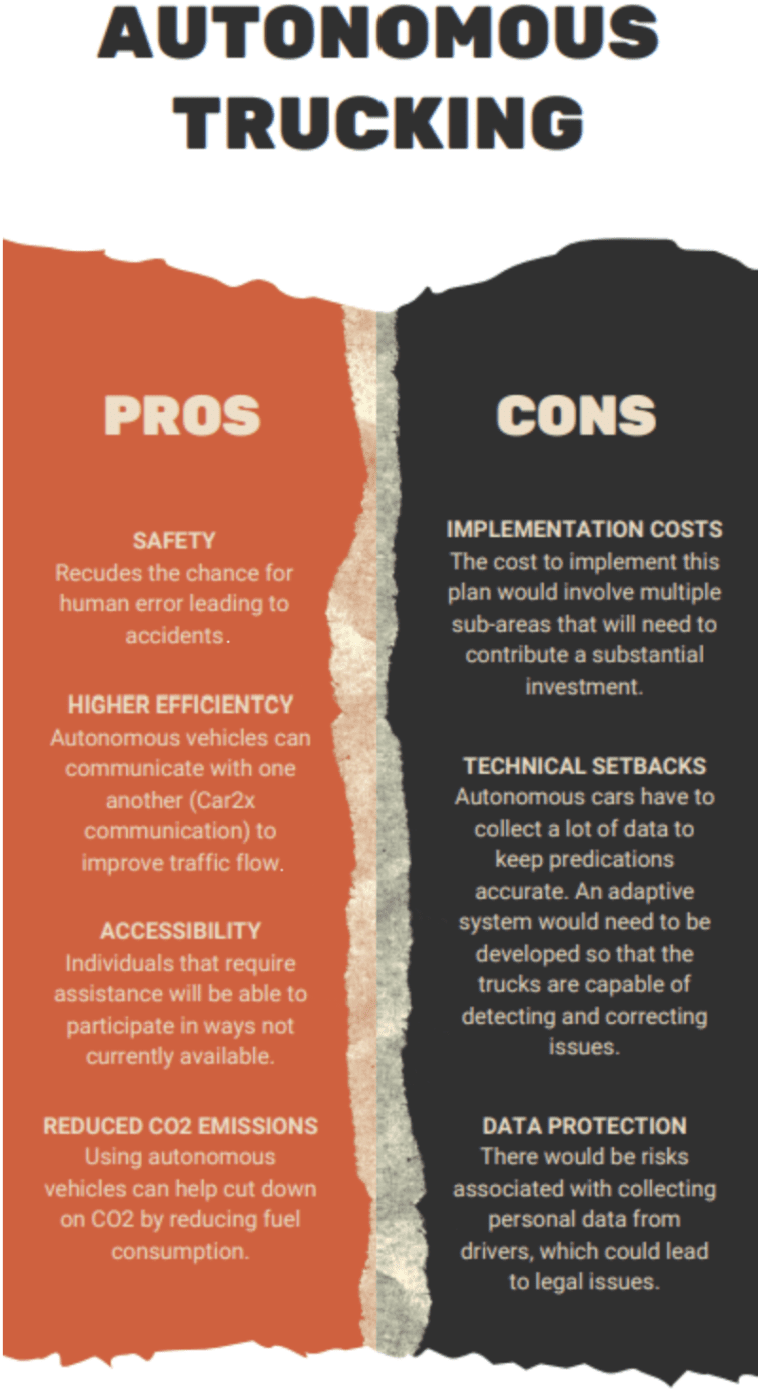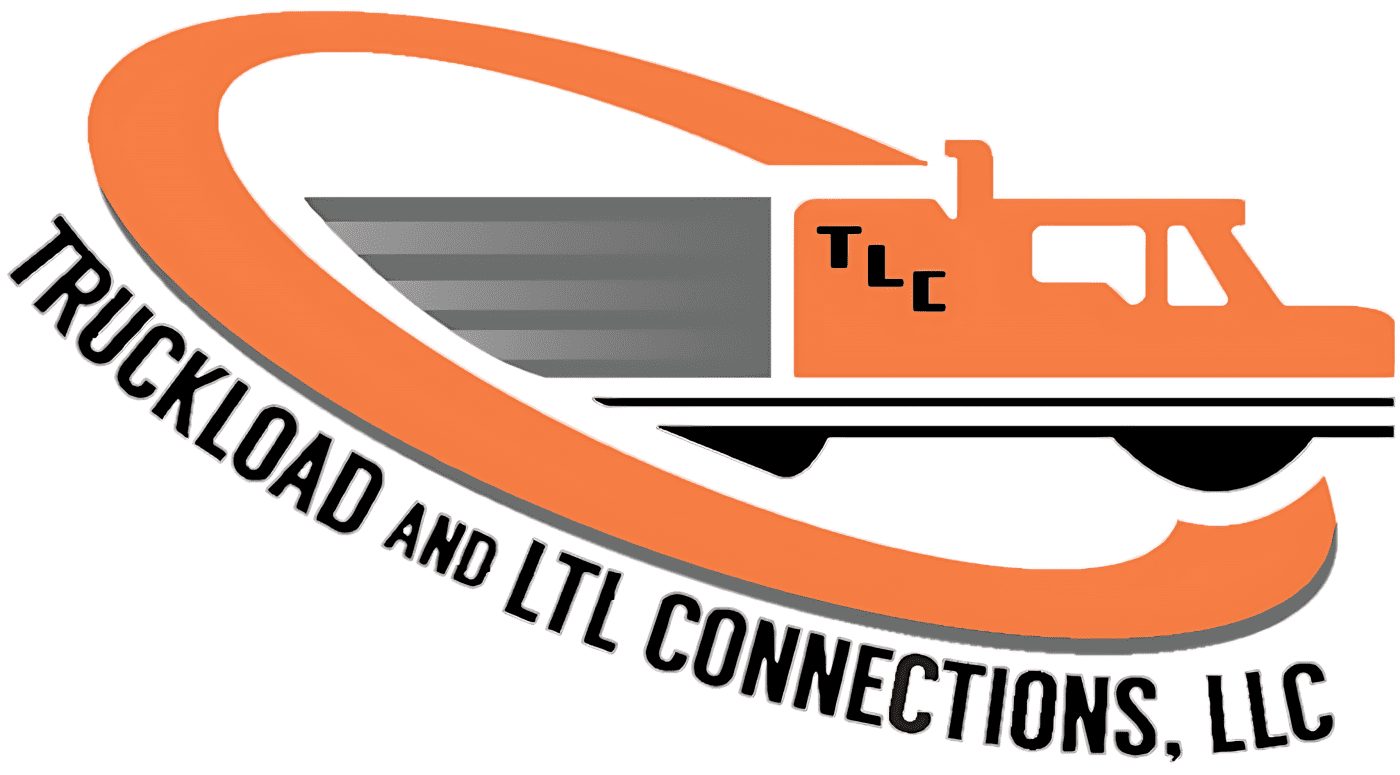A New Era: Autonomous Trucking

The trucking industry stands at the precipice of a monumental shift as autonomous trucks edge closer to reality. Faced with a dire shortage of drivers, companies are increasingly turning to self-driving rigs as a solution. While driverless cars struggle to make strides, the development of autonomous truck fleets could materialize within just a few years.
Current Approach
Rather than aiming to replace human drivers entirely, most autonomous trucking companies are focusing on complementing the existing workforce. They plan to confine autonomous trucks to specific operational design domains (ODDs), such as well-suited interstate highways with predictable traffic patterns. Notably, statistics indicate that the global truck driver shortage is expected to reach around 105,000 in the United States alone by the end of this year, underscoring the need for innovative solutions like autonomous trucks to address workforce challenges.
Deployment of autonomous trucks has primarily been concentrated in regions with favorable regulatory environments and weather conditions, such as the U.S. Sunbelt states. For instance, TuSimple, one of the leading autonomous truck developers, has conducted driverless freight runs for Union Pacific Railroad between Tucson and Phoenix, Arizona. Industry experts predict that autonomous trucking operations are likely to start on select highway routes as early as 2024, further emphasizing the imminent nature of this technological shift.
State Rules
State legislatures are actively grappling with the regulation of autonomous trucks on public roads. Presently, two dozen states permit the commercial deployment of intrastate autonomous trucks, with some states pushing back against the swift adoption of this technology.
In Kentucky, recent legislative actions include overriding a gubernatorial veto to allow fully autonomous truck platooning. Despite safety concerns, this move underscores a growing acceptance of autonomous trucks as a viable remedy to workforce shortages.
Meanwhile, in California, lawmakers are engaged in deliberations over the use of autonomous trucks. Proposed legislation seeks to impose regulations on their operation, with Assemblymember Cecilia Aguiar-Curry advocating for increased oversight to mitigate potential safety risks and safeguard trucking employment.
South Dakota has taken a proactive stance by enacting new legislation facilitating the operation of autonomous commercial vehicles on state roads. This legislative initiative demonstrates a forward-thinking approach to embracing autonomous technology.
Outlook
While apprehensions persist regarding the safety of unmanned vehicles, proponents argue that autonomous trucks could potentially offer superior safety and efficiency compared to human-operated ones.

Gatik, for instance, is already in the process of commercializing self-driving trucks for short-haul routes, providing a glimpse into the future of freight transportation.
The race to develop autonomous trucking technology is heating up, with leading firms such as Aurora Innovation, Embark Technology, and TuSimple spearheading efforts in this domain. However, investors remain cautious, questioning the readiness of these companies to deliver on their promises.
Despite these challenges, the economic advantages of autonomous trucks are compelling. By eliminating the need for human drivers, companies stand to realize substantial savings in operating costs. Additionally, the potential for enhanced efficiency and shorter delivery times further bolsters the appeal of autonomous trucks for the future of logistics.
Nevertheless, regulatory approval remains a significant hurdle for the widespread adoption of autonomous trucks. Yet, with continued technological advancements and mounting industry support, autonomous trucks are poised to revolutionize the transportation of goods in the coming years.
Your Freight, Our Connection

